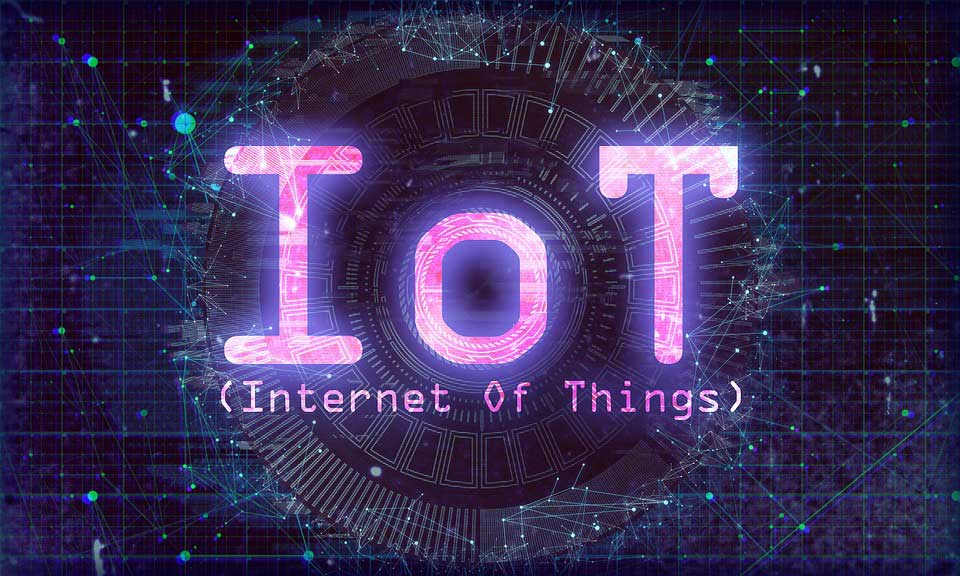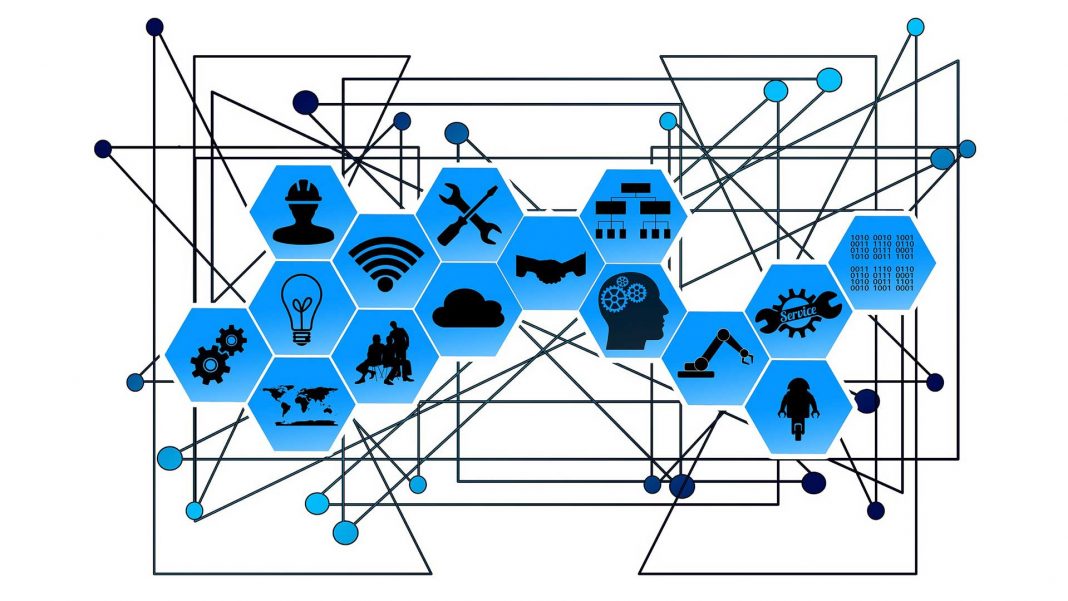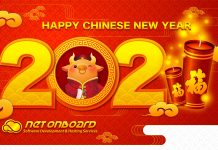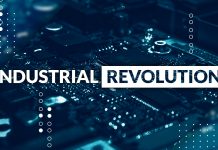What is Web 4.0?
Web 4.0 is the fourth phase in Web’s evolution to add further sophistication and higher levels of intelligence. It is also known as “The Internet of Things” or “Intelligent internet” which is decentralized and personalized internet. Thus, Web 4.0 services will be autonomous, self-learning, collaborative and proactive based on fully maturated semantic and reasoning technologies as well as AI. Web 4.0 connects all devices in the real and virtual world in real-time such as services interacting with sensors and implants, virtual reality services and natural-language services. For example, XiaoMi smart home kit allows you to control your home appliances using your mobile devices.


How it Changed the Internet?
In the current web 3.0, search engines are essential in information sourcing. For example, the search engine gives users a list of web results when searching for a certain keywords like “the highest building in the world”. It can save up lots of time in research but web 4.0 will remove several steps required and become more direct and “invisible”. The web 4.0 technologies enhance connectivity and make machines operates more efficiently with less human-error by being connected to the web. When will you be able to witness web 4.0? Actually, it is already around us but it is still quite new. You can witness through mobile phones such as your virtual assistants Siri or Google. Thanks to the automatic learning systems that able to understand our natural languages and improve the standard of living with the use of big data.
Associated with the role of web 4.0 appears with the concept of industry 4.0. It refers to a new phase in the Industrial Revolution that focuses heavily on inter-connectivity, automation, machine learning, and real-time data. Moreover, industry 4.0 also refers to IoT or smart manufacturing, big data to create a better-connected ecosystem for companies that focus on manufacturing and supply chain management.
When does it begins?
Web 1.0
By 1999, web 1.0 is mainly a read-only web and the majority of the sites are static and mono-directional. It does not support two-way communications. At that era, the early web only allowed users to search and read the information, Yahoo is the most popular search engine t that time. There was no active communication or information flow from consumer to producer. And there is where the information age was born. Besides, the first shopping cart applications fall under the category of Web 1.0. Marketers present products to potential customers using web 1.0 like catalog or brochure does as the website retailers could provide a method to reach their potential customers worldwide.
Web 2.0
The second phase of the web known as web 2. 0 which appeared between the years 2000 to 2009. The lack of active interaction of users with the web lead to the birth of Web 2.0 and reaching hundreds of millions of users around the world. Moreover, Web 2.0 also known as the read-write web, the user not only can read but also can write, update or modify the content online. It has high interactivity and user participation in content production, it assisted in the appearance of social networks and applications such as forums, blogs, and podcasts. This allows a participative communication among the web users. Users can actively publish content to the web using blogs, video-streaming, and social-media, other online users can respond to the content as well.
Web 3.0
Web 3.0 took over ten years to make the transition from the original web 2.0. Which stage do you think we are in? We are currently in the midst of web 3.0 and the rise of web 4.0 without realizing. Additionally, web 4.0 is a “read-write-execute” web and known as the semantic web. The search engine not only searches for the matching keywords but its searches based on user’s behavior and preference as well. For instance, when you search for “cheap flights to Bangkok”, the search engine will show you the search results like “cheap flights and accommodation” which help you to generate information faster and more convenient. Moreover, social media and applications that we use daily are the contribution of web 3.0. Those data can use across multiple spaces and speeding up technological progress globally.
Benefits of Web 4.0
- Connectivity (Integrated appliances)
With Web 4.0 (internet of things), devices are connected to the web and can communicate with each other to process the information and perform a specific action. The action can be performed after the device obtained and processed the data from the web or other devices.
- Automation
Connectivity of devices allows the machine to perform actions with less human intervene. This is because the devices are control digitally. Web 4.0 eliminates the boundary between humans and machines and allowing machines to be the part of a human, assisting humans to do their workload.
- Life Efficiency
With the automation actions provided by web 4.0, a human can save a lot of time and resources in their daily activities. Imagine a smart house that will open the door for you when you are home for work, and immediately playing music, or cook for you. In other words, you get a personal assistant that can do almost everything for you as long as connected to the internet.
- Conservation
With web 4.0, a scientist can build smart cities around the world that will increase the efficiency of energy usages, such as electricity, connected cars, sensors, traffic, or even air pollution. In other words, Web 4.0 can assist us to protect the environment and create an eco-friendly environment for human beings.
- Personalization
By connecting smart devices (machines) to the internet, we can get a personal machine that can assist us individually according to each individual’s lifestyles. With web 4.0, we can have a personal house assistant that can buy groceries online for us when it detects an empty inventory in the house or a device to help you decide the best meals for your health.
- Better Decision Making
Web 4.0 is not just allowing the computer to generate information but also can suggest solutions for the occurred problems. With this, businesses can effectively make decision. It eliminates the time needed to manually analyze the problem and come up with the solution.























